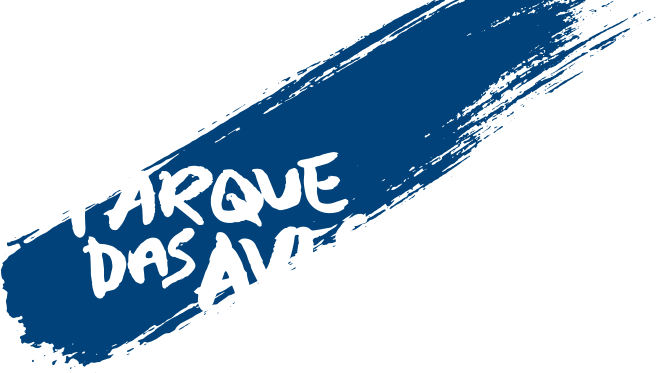


PARTICIPATION IN
NATIONAL ACTION PLANS
Parque das Aves is part of the Advisory Group of the National Action Plan for the Conservation of Atlantic Rainforest Birds. Among other actions, Parque das Aves is an articulator of components to evaluate establishing ex situ populations and for reintroducing and reinvigorating the species. Furthermore, several planning processes and workshops promoted or organized by Parque das Aves meet the demands identified as part of the National Action Plans and National Programs.

 |
PARTICIPATION IN |



Parque das Aves is part of the Advisory Group of the National Action Plan for the Conservation of Atlantic Rainforest Birds. Among other actions, Parque das Aves is an articulator of components to evaluate establishing ex situ populations and for reintroducing and reinvigorating the species. Furthermore, several planning processes and workshops promoted or organized by Parque das Aves meet the demands identified as part of the National Action Plans and National Programs.
Case: Workshop on strategic planning for the integrated conservation of seven species of psittaciforme
In November 2018, CPSG provided a workshop for applying the IUCN SSC guidelines about using ex situ management for the conservation of the species of parrots included in the National Action Plan for the Conservation of Parrots headed up by ICMBio, along with the grey-breasted Parakeet (Pyrrhura griseipectus), considered to be the most threatened parakeet in the Americas. The workshop was organized, funded, and co-facilitated by Parque das Aves with Kathy Traylor Holzer from CPSG as the main facilitator and with additional support from Kristin Leus from CPSG Europe in accordance with the demands generated within the National Action Plan for Parrots.




The species included were the red-spectacled Amazon parrot (Amazona pretrei), the red-browed Amazon parrot (Amazona rhodocorytha), the Mealy Parrot (Amazona farinosa), the Red-tailed Amazon parrot (Amazona brasiliensis), the vinaceous-breasted Amazon parrot (Amazona vinacea), the blue-fronted Amazon parrot (Amazona aestiva), and the grey-breasted Parakeet (Pyrrhura griseipectus) within the proposal of a One Plan Approach to Conservation from IUCN.
Case: Planning Workshop for saving the Alagoas antwren and the blue-eyed ground dove


The Alagoas antwren (myrmotherula snowi) and the blue-eyed ground dove (Columbina cyanopis) are two species on the brink of extinction.
The blue-eyed ground dove is considered Critically Endangered (CR) by BirdLife International/IUCN and is one of the most rare species in the world. The species remained 75 years without sightings until a population was rediscovered in 2015 in Botumirim, Minas Gerais. This represents a unique opportunity to understand the ecology of this species and implement a long-term program to ensure their conservation and habitat. Currently, the total number of known population is only 18 individuals.


The Alagoas antwren is one of the species of birds with the highest probability to disappear in the near future. Is Critically Endangered (CR) and now is only found in the Murici Ecological Station in a fragment of the Atlantic Rainforest in northeastern Brazil. The estimate is that only 40 individuals remain around the world. Two other birds with which it shared its habitat have been globally extinct among the few recent extinctions of birds on a continent. It is necessary that the actions to save the Alagoas antwren and its habitats from the same destiny be implemented urgently.
SAVE Brazil is the main protagonist in the actions for both species and invited Parque das Aves to co-organize a planning workshop to develop strategies and protocols to save both species, bringing together Brazilian and foreign specialists from four continents with help from CPSG. The action incorporates an objective contemplated within the National Action Plan for the Conservation of Atlantic Rainforest Birds and ICMBio’s National Action Plan for the Conservation of Birds from the Cerrado and Pantanal.
CLICK ON THE LINKS BESIDE AND LEARN MORE
 Every day from 8:30am to 5:30pm
Every day from 8:30am to 5:30pm Prices
Prices


